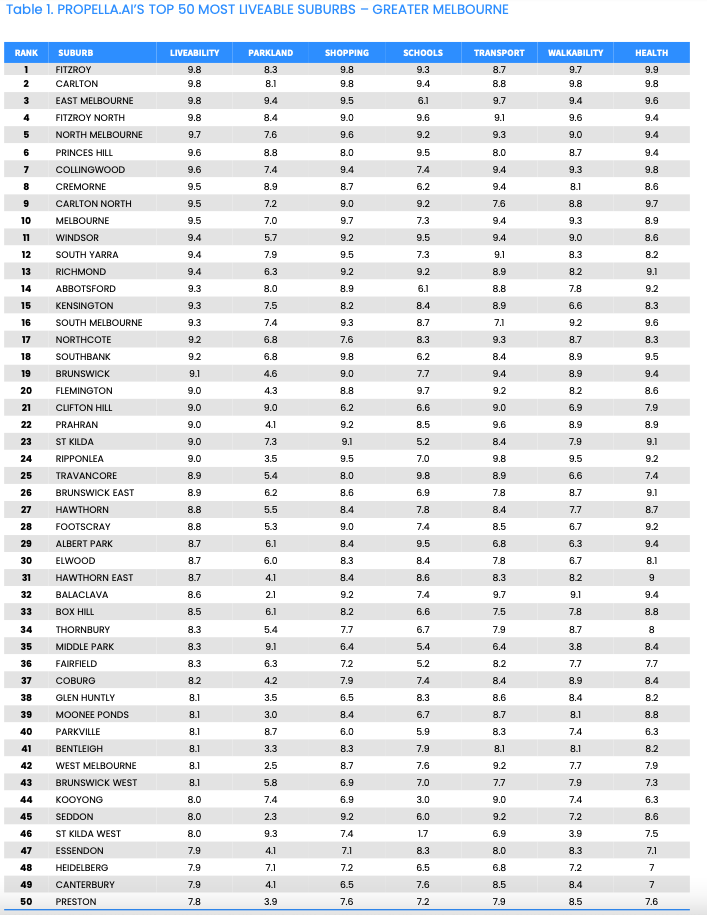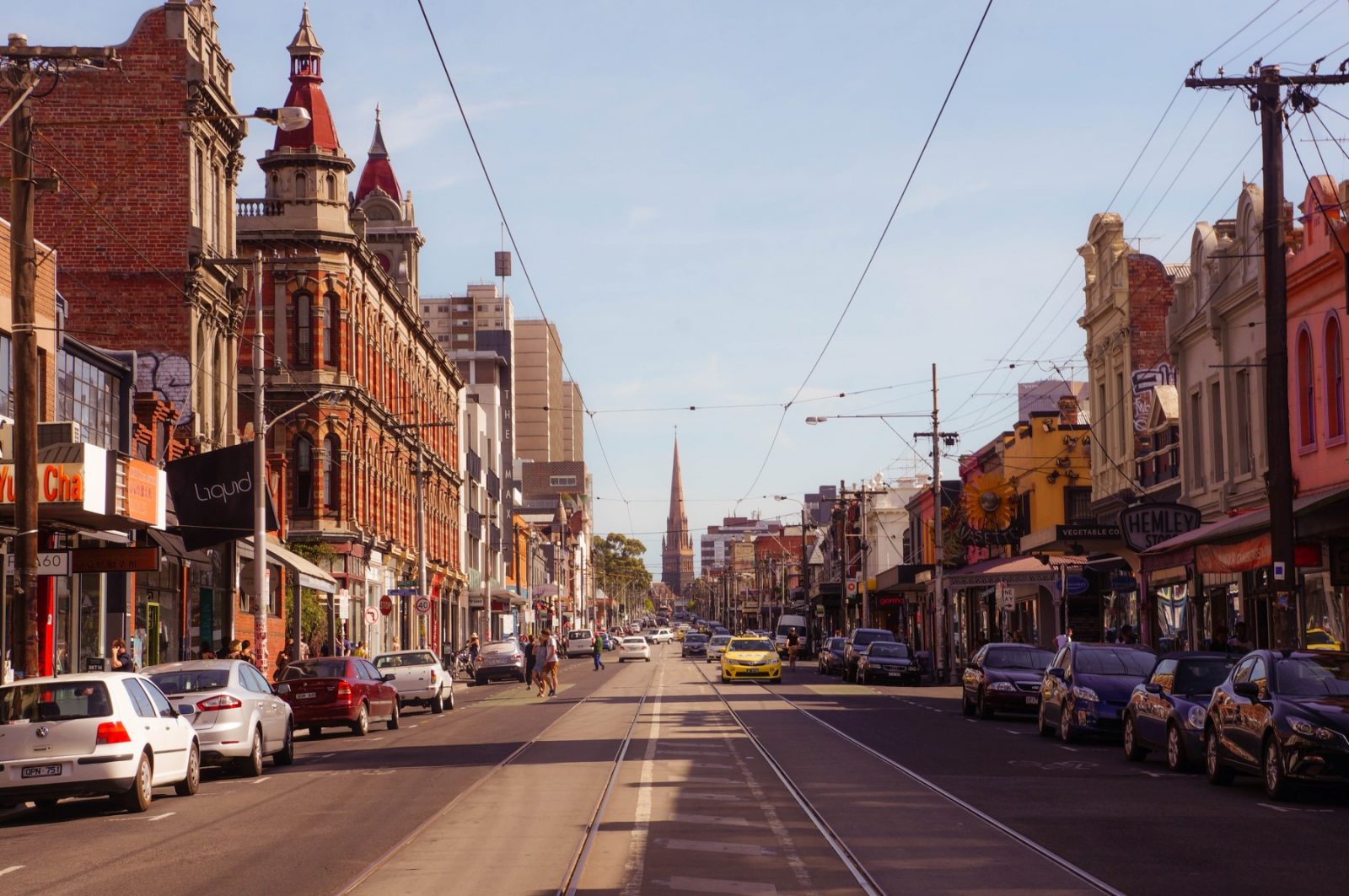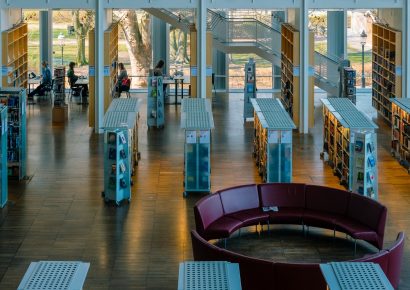Fitzroy has narrowly beaten Carlton and East Melbourne to be crowned Melbourne's most liveable suburb in a new ratings system.
The rating – designed by US firm CoreLogic, the same company that tracks Australian house price data – analyses the quality and availability of transport, walkability, parkland, shops, schools and health services across Melbourne’s suburbs.
It then rates each aspect out of 10, before tallying an entire suburb rating. Fitzroy, North Fitzroy, Carlton and East Melbourne all scored a 9.8 according to their research, however Fitzroy was ranked first due to its superior health services, walkability and shopping precincts.
What you need to know
- Fitzroy has been ranked Melbourne’s most liveable suburb
- The suburb beat Carlton and East Melbourne by the slimmest margins
- The data only takes into account transport, walkability, parkland, shops, schools and health services.
Stay up to date with what’s happening in Melbourne here.
The list only ranked Melbourne’s top 50 suburbs, finishing with Preston ranked 50th, but still garnering a respectable 7.8.
The firm calculates proximity ratings using geospatial data from proptech firm propella.ai, which measures the connectivity of a local area (or ‘mesh block’) in relation to a range of amenities all located within a 20-minute walk.
Liveability scores are then comprised of smaller scores based on:
- Parks – Incorporating both the distance to and size of nearby parks.
- Health – Incorporating the distance to and number of healthcare facilities nearby. This includes GPs, allied health and specialist practices.
- Shopping – Incorporating the distance to and number of convenience, grocery and retail stores nearby.
- Public Transport– Measures the distance to and number of public transport options. The proximity to train stations is ranked higher than the proximity to bus and tram stops due to the typically greater mobility offered by train transport.
- Schools – Measures the distance to and number of primary and secondary schools nearby.
- Walkability – Measures the walkable accessibility of the neighbourhood through roadside footpaths. A higher walkability score indicates a large proportion of the neighbourhood has footpaths compared to lack of footpath connectivity.
“The scores are largely comprised of two main elements, walking time to a local facility and the number of facilities within a 20-minute walk,” propella.ai co-founder, Gus McLennan said.
“These scores easily demonstrate the liveability of an area. By looking at each of the different criteria that make up those scores, users can get a deeper understanding of those features that may be more or less important to them.”
In a similar ratings system, Melbourne was ranked the world’s most liveable city by The Economist for most of the previous decade, finishing second to Vienna in 2020, before falling to eighth place – with Auckland ranked number one – in 2021.
Melbourne’s top 50 liveable suburbs:

Read the full explanation behind the choices here, or view the PDF results in full here.

